Dying Light: The Beast – Devs Detail How They Create Terrifying, Not “Cartoonish” Zombies
Popular Now
 Rust
Rust
 Warframe
Warframe
 Gacha Club
Gacha Club
 Stumble Guys
Stumble Guys
 NBA 2K24
NBA 2K24
 FIFA 23
FIFA 23
 Garena Free Fire: Kalahari
Garena Free Fire: Kalahari
 Poppy Playtime
Poppy Playtime
 Toca Boca World
Toca Boca World
 Sonic the Hedgehog™ Classic
Sonic the Hedgehog™ Classic 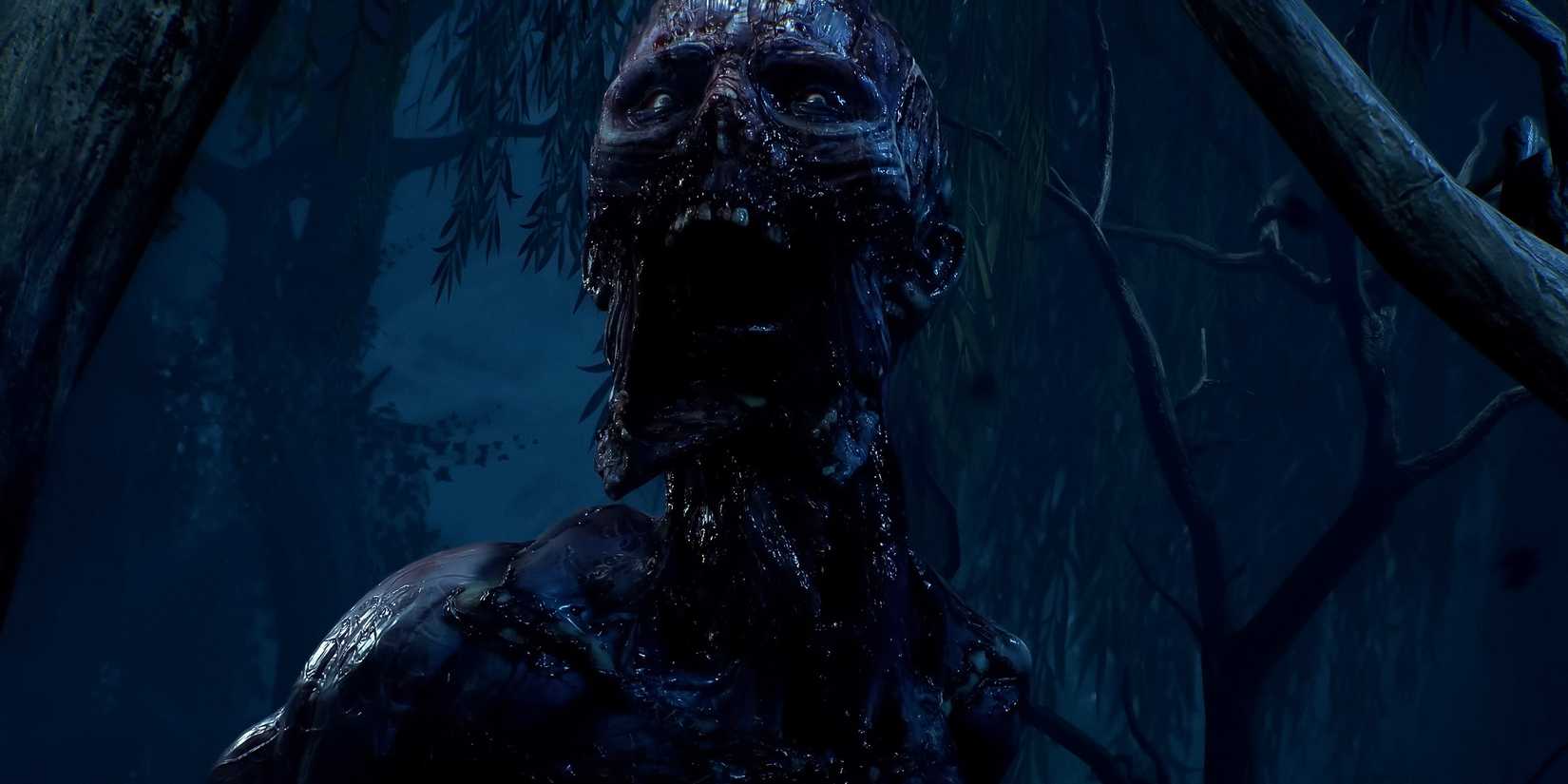
For more than a decade, the Dying Light franchise has carved out a unique space in the zombie genre, distinguishing itself with its brutal melee combat and exhilarating parkour. However, as the highly anticipated standalone title Dying Light: The Beast approaches its September 19, 2025 release, the developers at Techland are making it clear that their primary focus is on a return to horror. In recent interviews and behind-the-scenes deep dives, the team has detailed their meticulous philosophy for designing enemies that are not just cannon fodder but truly terrifying monsters. Franchise Director Tymon Smektala and other key developers have spoken at length about the difference between “cartoonish” zombies and the visceral, unsettling infected that will populate the new game’s world.
The sentiment from the developers is that while a horde of enemies can be fun to mow down, true horror comes from a sense of vulnerability and a genuine threat. This was a point of criticism for Dying Light 2 Stay Human, where some players felt that the sheer number of infected, combined with the power of the player character, made the zombies less scary and more like a disposable obstacle. With The Beast, Techland is pivoting back to the foundations of the original game, where every encounter felt dangerous and the night was an oppressive, life-threatening gauntlet. The team’s approach involves a multi-pronged strategy to ensure every encounter with an infected is a heart-pounding affair, reinforcing the game’s core theme of survival horror.
 The Physiology of Fear: Unsettling Design and Brutal Realism
The Physiology of Fear: Unsettling Design and Brutal Realism
The first pillar of Techland’s design philosophy is an obsession with brutal realism. The developers have gone to extreme lengths to make the infected in The Beast feel physically real and horrifying. In a video shared with PCGamesN, Smektala revealed that the team has increased the number of “damage nodes” on enemy bodies by 50% and doubled the number of visible dismemberments. This means that a single zombie can show a wide range of gruesome injuries, from bones sticking out to deep cuts that reveal internal organs. This level of detail isn’t just for shock value; it’s designed to make every single blow feel impactful and visceral. A hit that would normally feel “cartoony” in another game now has a physical consequence, forcing players to react to the brutality they are inflicting.
Beyond the gore, the developers have also put a huge amount of effort into the new infected enemy types. The Chimeras, large mutant bosses with “body horror” designs, are a perfect example. These creatures are not just bigger zombies; they are grotesque abominations that disfigure the human form in unsettling ways. The intent is to create monsters that are not only challenging to fight but also deeply unsettling to look at. The physical reactivity of the zombies, from their ragdoll movements to their reactions to being hit, is a huge focus for the team. They want players to feel a connection to the violence they are enacting, a feeling that is central to the horror experience.
The Hunter and the Hunted: Behavior and AI
A “cartoon zombie” is predictable. It shuffles forward, mindlessly attacking the player. A truly terrifying monster is intelligent, cunning, and unpredictable. The developers of The Beast have made a conscious effort to improve the enemy AI and behavior to create a more dynamic and frightening experience. The Volatiles, the series’ iconic nighttime hunters, are returning with a vengeance. The team has stated that their goal is to make the night “super scary,” pushing players to feel a genuine sense of being hunted. In a rural environment like the new Castor Woods, the night is pitch black, with the player’s flashlight barely illuminating a few meters ahead. The developers are using this visual limitation to their advantage, forcing players to rely on sound and a heightened sense of awareness to survive. The Volatiles will not just chase you; they will stalk you, using the environment to their advantage, a much more primal and terrifying experience than a simple footrace.
Furthermore, the developers have stated that they are being more “deliberate with when and how many zombies” they spawn. This is a direct response to the “zombie fatigue” that can set in with games that rely on overwhelming players with numbers. In The Beast, a single zombie can be a threat, especially if it’s a stronger variant or if it surprises you. This more controlled approach ensures that every encounter feels meaningful and dangerous, rather than just another tick on a kill count. The game’s new dynamic weather systems also play a role, with rain affecting visibility and an eerie silence descending at certain moments, creating a fake sense of safety before a sudden, terrifying encounter.
 Conclusion: A Return to Survival Horror
Conclusion: A Return to Survival Horror
The design philosophy behind Dying Light: The Beast is a confident and mature step for the franchise. The developers at Techland are not just focused on bigger numbers or more explosions. They are focused on the core of what makes a zombie game great: the feeling of being vulnerable, of being hunted, and of fighting for every second of survival. By meticulously crafting their enemies, from their disturbing physical designs to their cunning AI, they are creating a game that is genuinely terrifying. The zombies in The Beast are not just enemies; they are monsters, and the developers’ commitment to that idea is the single most exciting promise the game has made yet. As the release date looms, the message is clear: the night has returned, and it’s scarier than ever. The developers have proven their dedication to creating an immersive horror experience, a testament to their passion for the genre and a win for fans who have been waiting for the series to return to its visceral, horrifying roots.
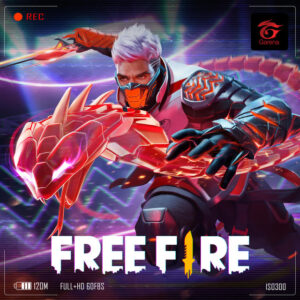



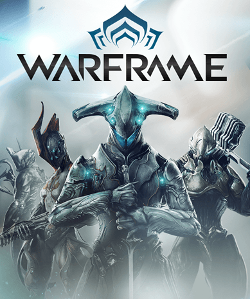




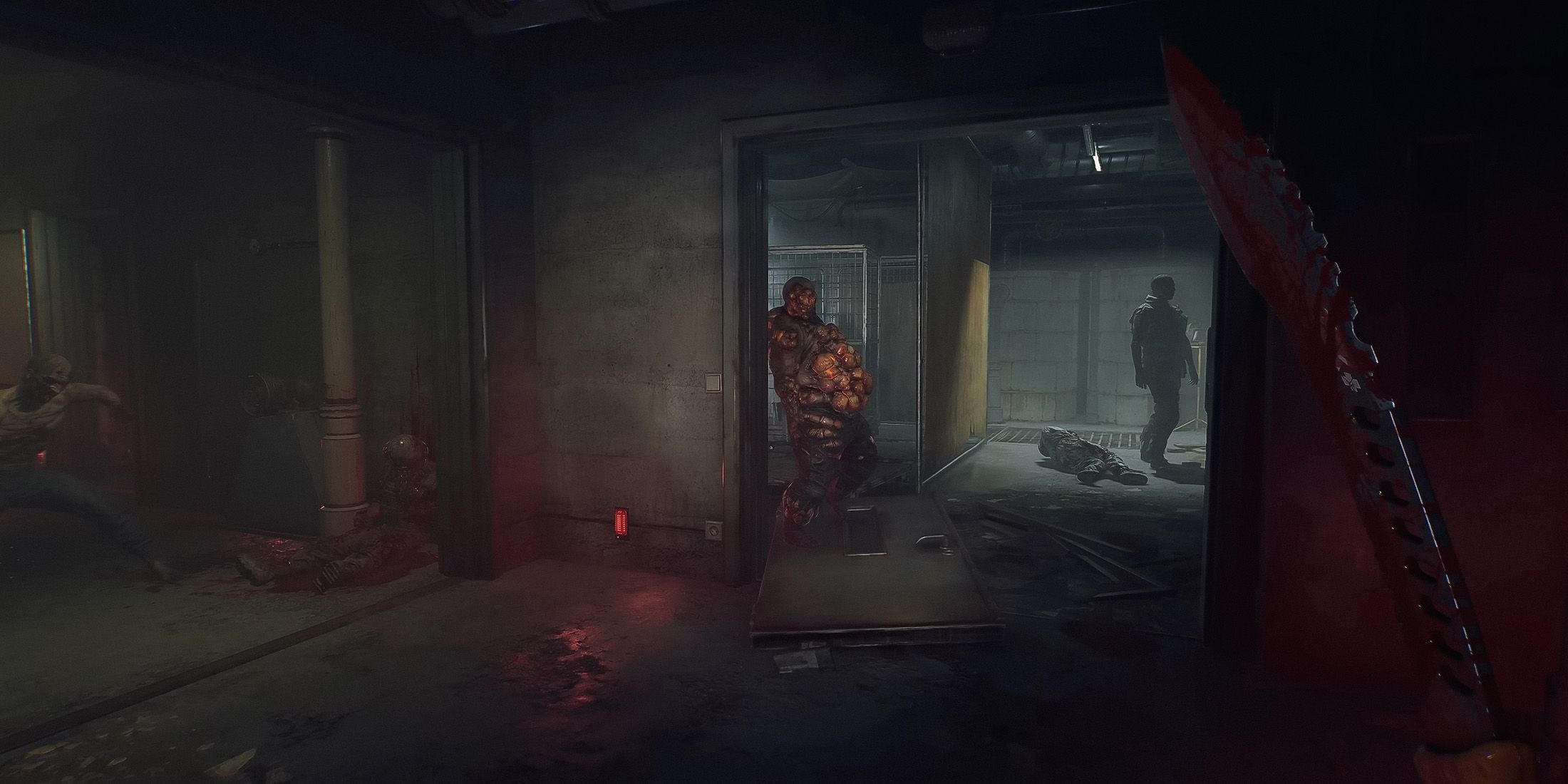 The Physiology of Fear: Unsettling Design and Brutal Realism
The Physiology of Fear: Unsettling Design and Brutal Realism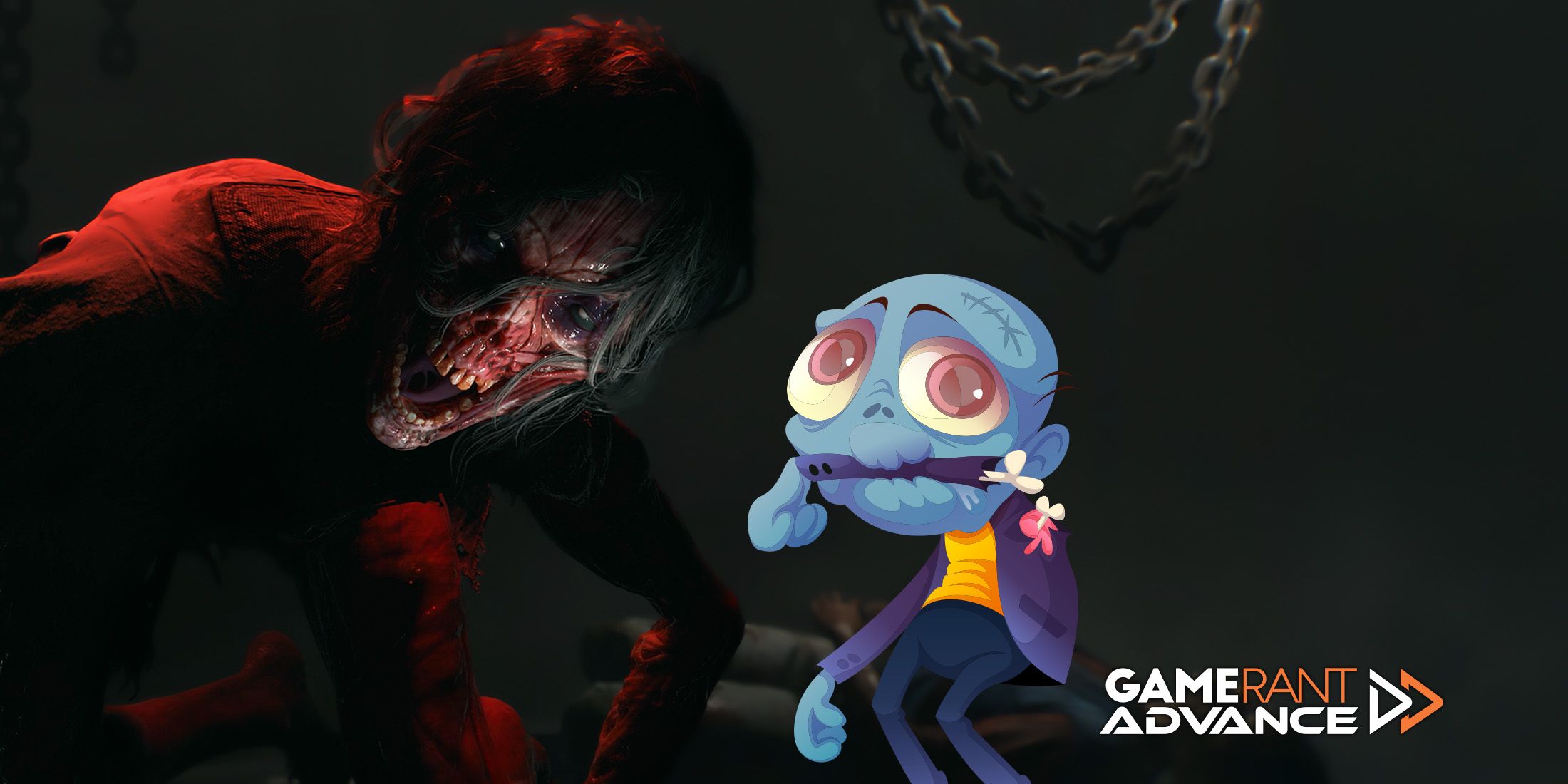 Conclusion: A Return to Survival Horror
Conclusion: A Return to Survival Horror